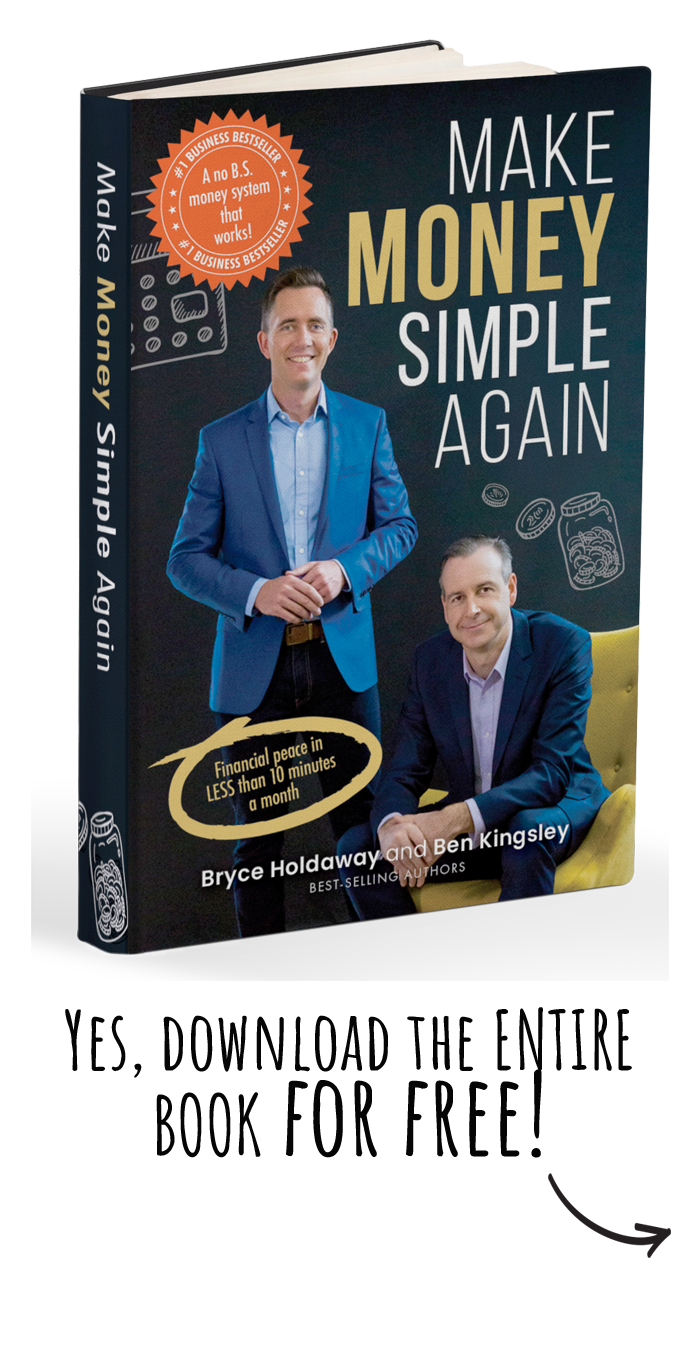So, what makes for the RIGHT investment property… and how do you pick it?
Well, let’s be honest… most of us can’t tick all the boxes on our property wish-list. We’d like to, sure, but often this isn’t an accurate depiction of reality. We can’t all afford the best house in the best street in a blue-chip, capital-growth-centric location every time we invest in property! So, chances are you’ve had, or will have, a conversation about what you might have to compromise in the buying process.
… And this is where our “Buyer’s Decision Quadrant” comes in!
This is a framework that can help you with the asset selection process and help you make an informed decision so you are NOT compromising where it matters most. Because there is something that is absolutely non-negotiable.
So in today’s episode, we’re going to take a deep dive on the four areas — the “Quadrants” — of our Buyer’s Decision Quadrant so you can sleep well knowing you’ve picked the right investment property with the money you have and the ambitions you seek!
Listen now to learn how to pick the right investment property by using our Buyer’s Decision Quadrant to weigh up the “wins” and “loses” of what you compromise on!
Don’t forget, get further insights and “play along at home” by picking up a FREE physical copy of our book here: http://www.thearmchairguide.com.au/
Here’s a bit of what we cover in today’s episode…
- What is “The Buyers Decision Quadrant” and how can you use it to purchase your next investment property?
- What is The One Thing you should NEVER compromise on?
- Should you buy “Smaller, Closer In” OR “Bigger, Further Out?”
- What can you compromise on if you have a smaller budget?
- How to recognise which investment property will work for your own circumstances…
- Is a property that “ticks all boxes” – AKA the perfect property – really a myth?
- Is “Uglier” always better?
- Land size considerations…
- What should you quickly overlook?
Free Resources
- Free Book – The Armchair Guide To Property Investing: How to Retire on $2,000 A Week (please just pay for postage – we’ll pay for the book and send it anywhere in Australia for you.)
- The Property Couch Podcast – The Insider’s Guide to Property Finance and Money Management (This is Australia’s #1 Property Podcast with over 307+ episodes that features HEAPS of simple and actionable frameworks, countless interviews with the best minds in the Australian property and finance industry and a ridiculous number of free resources to help you at any stage of the property investment journey)
Episodes from The Property Couch to Further Support You…
- Episode 020 | Science of Asset Selection – The Buyer’s Decision Quadrant
- Episode 293 | What Property To Buy & Practical Tips For Asset Selection
- Episode 304 | Picking One Over The Other: Top Tips To Help Property Investors Make The Best Judgement Call

 Subscribe On Itunes
Subscribe On Itunes Subscribe On Android
Subscribe On Android
